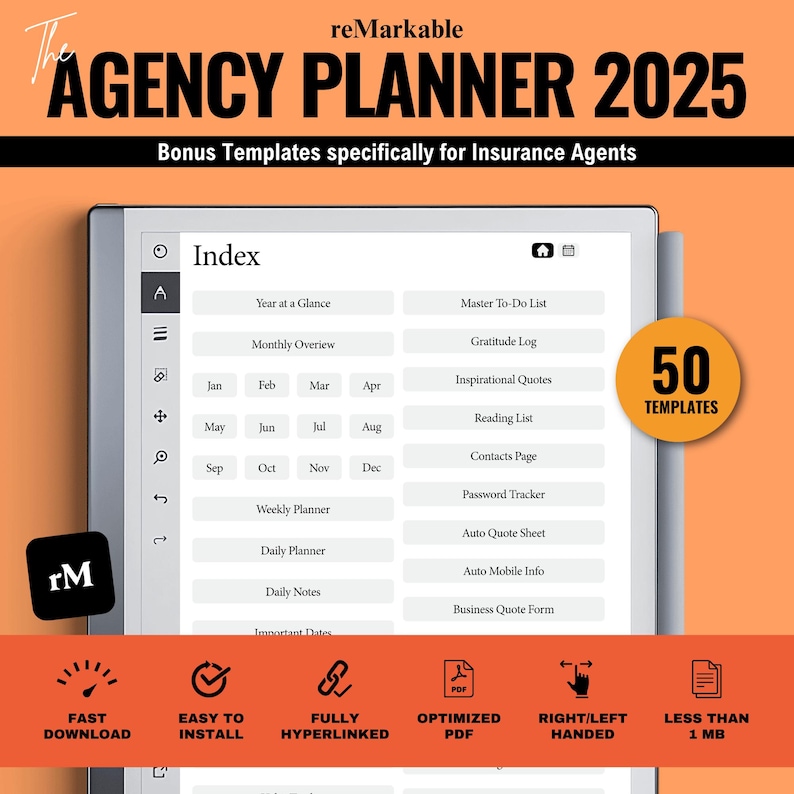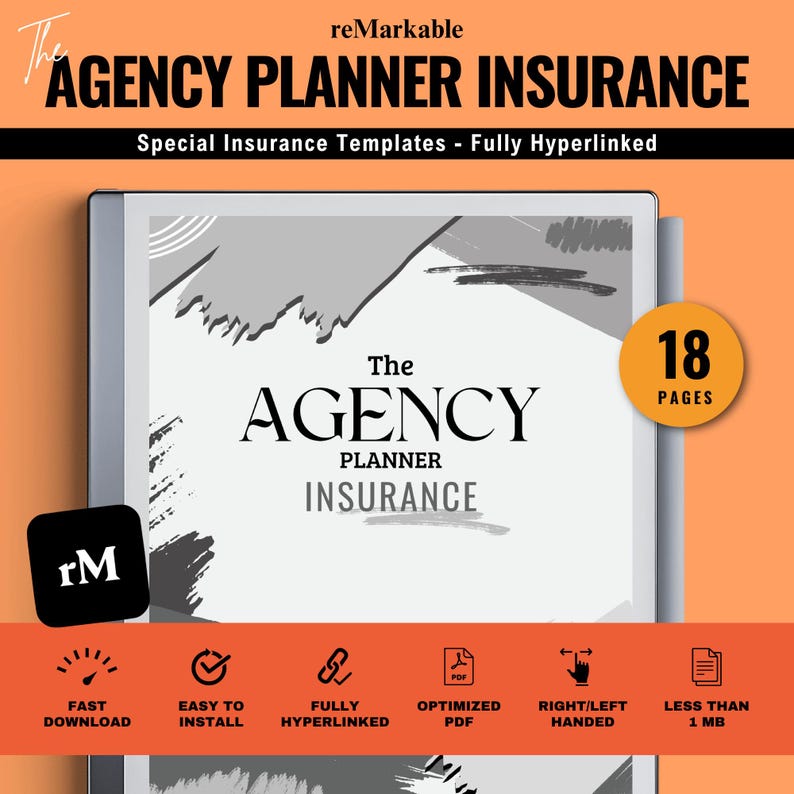When it comes to protecting your valuable assets, choosing the right insurance coverage can feel overwhelming—especially when you’re deciding between outdoor and indoor lot insurance. Whether you’re a business owner managing inventory, a car dealer safeguarding vehicles, or simply someone who wants peace of mind, understanding the differences and nuances of these insurance options is crucial. In this article, we’ll gently walk you through the key factors that set outdoor and indoor lot insurance apart, helping you make an informed choice that truly fits your needs and provides the protection you deserve.
Table of Contents
- Understanding the Unique Risks of Outdoor and Indoor Parking Lots
- Key Insurance Coverage Options Tailored to Outdoor and Indoor Environments
- Evaluating Cost Factors and Budget-Friendly Solutions
- Practical Tips for Selecting the Best Insurance Policy for Your Lot Type
- The Way Forward
Understanding the Unique Risks of Outdoor and Indoor Parking Lots
When evaluating parking lots for insurance, it’s crucial to recognize that outdoor and indoor options inherently carry distinct vulnerabilities. Outdoor parking lots, exposed to the elements, face weather-related risks such as hailstorms, flooding, and debris damage. These environmental factors significantly amplify the chances of physical harm to vehicles, demanding insurance policies that prioritize comprehensive coverage for natural calamities. Additionally, outdoor settings are typically more susceptible to vandalism and theft due to limited surveillance and lighting, which necessitates robust protection clauses for these non-collision events.
Conversely, indoor parking lots provide shelter but come with their own unique challenges. While these spaces offer protection against weather, they often face risks related to structural damage—like collapsing ceilings or fire hazards caused by electrical faults. The confined environment can also increase the risk of collision damage between vehicles in tight spaces. Insurers look closely at these factors, which may influence policy terms such as damage assessments and liability coverage. Understanding these nuances empowers vehicle owners to select insurance plans tailored specifically to the physical and situational characteristics of their parking environment.
Key Insurance Coverage Options Tailored to Outdoor and Indoor Environments
When selecting insurance coverage for outdoor lots, it’s crucial to focus on policies that protect against environmental hazards and unpredictable weather conditions. Many outdoor lots face risks such as hail, flooding, wind damage, and even wildlife interference, making comprehensive property insurance indispensable. Additionally, coverage that includes third-party liability can shield you from claims arising from accidents or injuries on your premises. Don’t overlook the value of equipment breakdown insurance if your outdoor lot relies heavily on mechanical systems like lighting, irrigation, or surveillance gear exposed to external elements.
Conversely, indoor lots tend to prioritize insurance options that safeguard structural integrity and the contents within climate-controlled environments. Coverage for fire, theft, and vandalism becomes a significant factor here, especially if the indoor lot stores valuable materials or inventory. Insurers often recommend bundling business interruption policies with property coverage to mitigate financial losses during unforeseen closures. Furthermore, for both environments, a tailored approach that assesses unique risks, such as local crime rates or seasonal threats, ensures that you are neither underinsured nor paying for unnecessary coverage.
Evaluating Cost Factors and Budget-Friendly Solutions
When assessing costs related to insuring outdoor versus indoor lots, several variables come into play. Outdoor spaces generally have lower base premiums due to reduced structural risks but may carry higher liability considerations, especially if the area is open to public access. Conversely, indoor lots often command a higher upfront insurance cost but benefit from decreased exposure to elements, theft, and vandalism, potentially lowering claims frequency over time. It’s important to analyze how coverage limits, deductibles, and policy inclusions align with the specific property conditions, as these factors can significantly shift the overall cost.
Budget-conscious policyholders should explore a few strategic avenues to optimize cost efficiency without sacrificing adequate protection. Consider these approaches:
- Multi-policy discounts: Bundling property insurance with other policies like business or vehicle insurance may yield better rates.
- Risk mitigation efforts: Installing surveillance systems or improved lighting in outdoor lots might reduce premiums.
- Flexible deductible options: Opting for a higher deductible can lower monthly costs but requires budgeting for potential claims.
Tailoring your insurance plan to match both the physical characteristics of your lot and your financial capacity will ensure that you maintain coverage that is both comprehensive and affordable.
Practical Tips for Selecting the Best Insurance Policy for Your Lot Type
When selecting insurance for your lot, it’s essential to consider the unique risks associated with whether your lot is outdoors or indoors. Outdoor lots often face increased exposure to weather-related damage, theft, and vandalism. Therefore, opting for a policy that offers robust coverage against natural elements like hail, flooding, or wind damage is critical. Additionally, since outdoor spaces might have less security, looking for policies that include theft protection and liability coverage can provide added peace of mind. Your insurer should also assess the specific location risks — proximity to water bodies or industrial zones might influence your policy terms and premiums.
In contrast, insurance for indoor lots generally centers around risks like fire, water leakage, and internal theft. Here, it’s wise to review the building structure’s fire resistance, sprinkler system presence, and security features as part of your coverage evaluation. When choosing a policy, consider including options for equipment protection and loss of income if your indoor lot supports business activities. Tailoring your coverage with endorsements or riders can help address niche concerns. To simplify your decision, create a checklist comparing:
- Coverage limits specific to hazards relevant to your lot type
- Deductibles and premiums in relation to the lot’s exposure level
- Reputation and claims service record of the insurer
Carefully balancing protection needs with budget constraints will ensure you choose the most fitting insurance policy.
The Way Forward
Choosing the right insurance coverage for your vehicle can feel overwhelming, especially when weighing the unique risks of outdoor versus indoor parking lots. By understanding the key differences and considering your personal circumstances, you’re better equipped to make a decision that offers both protection and peace of mind. Remember, the best insurance choice isn’t just about cost—it’s about safeguarding what matters most to you. Take the time to review your options carefully, ask questions, and choose the plan that feels right for your lifestyle. After all, a little extra care today can save a lot of worry tomorrow.






